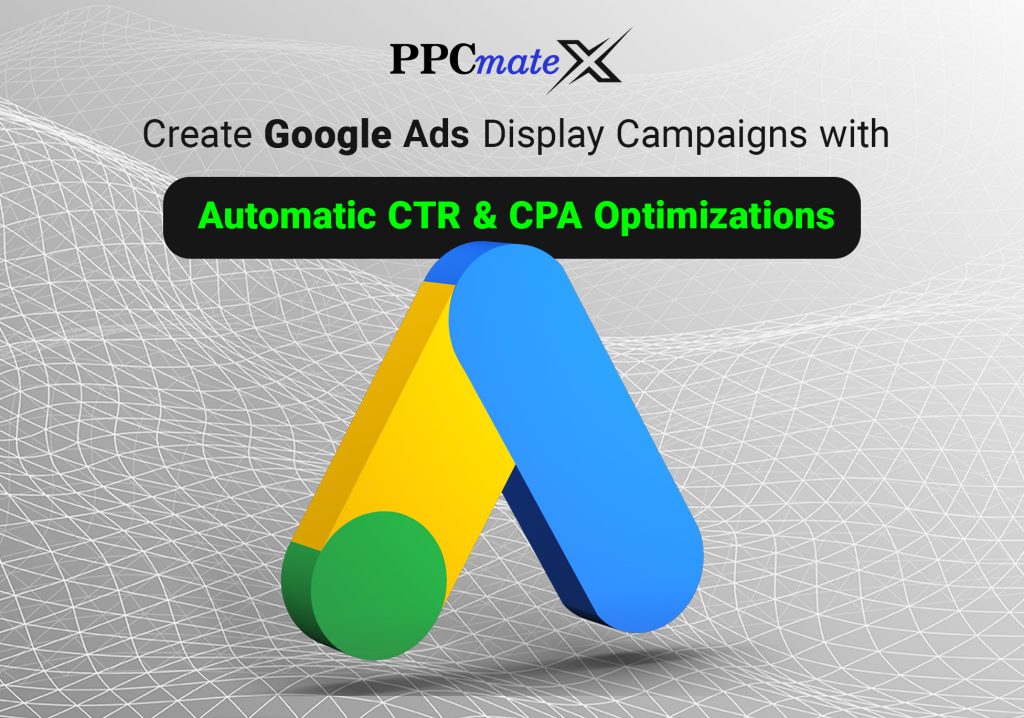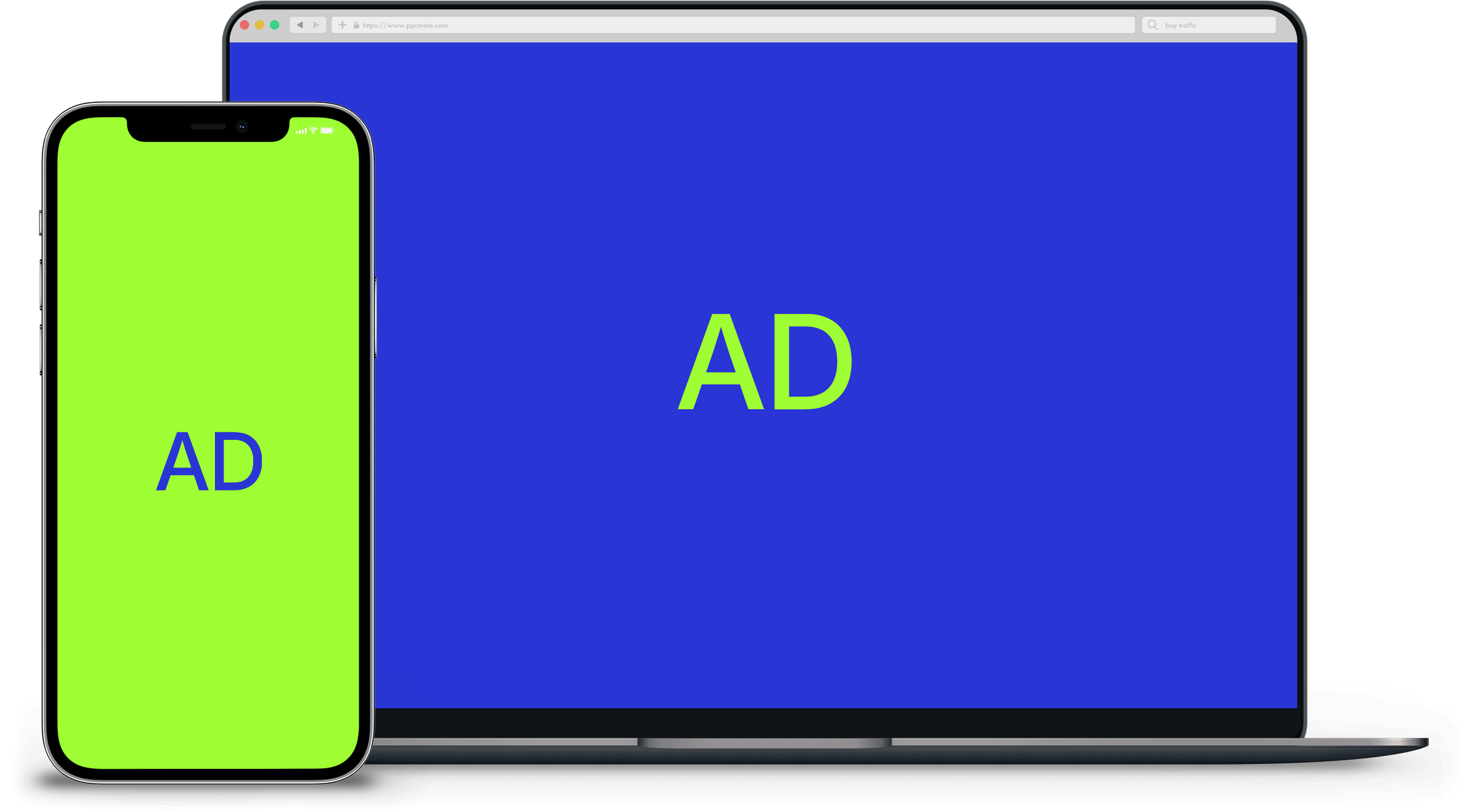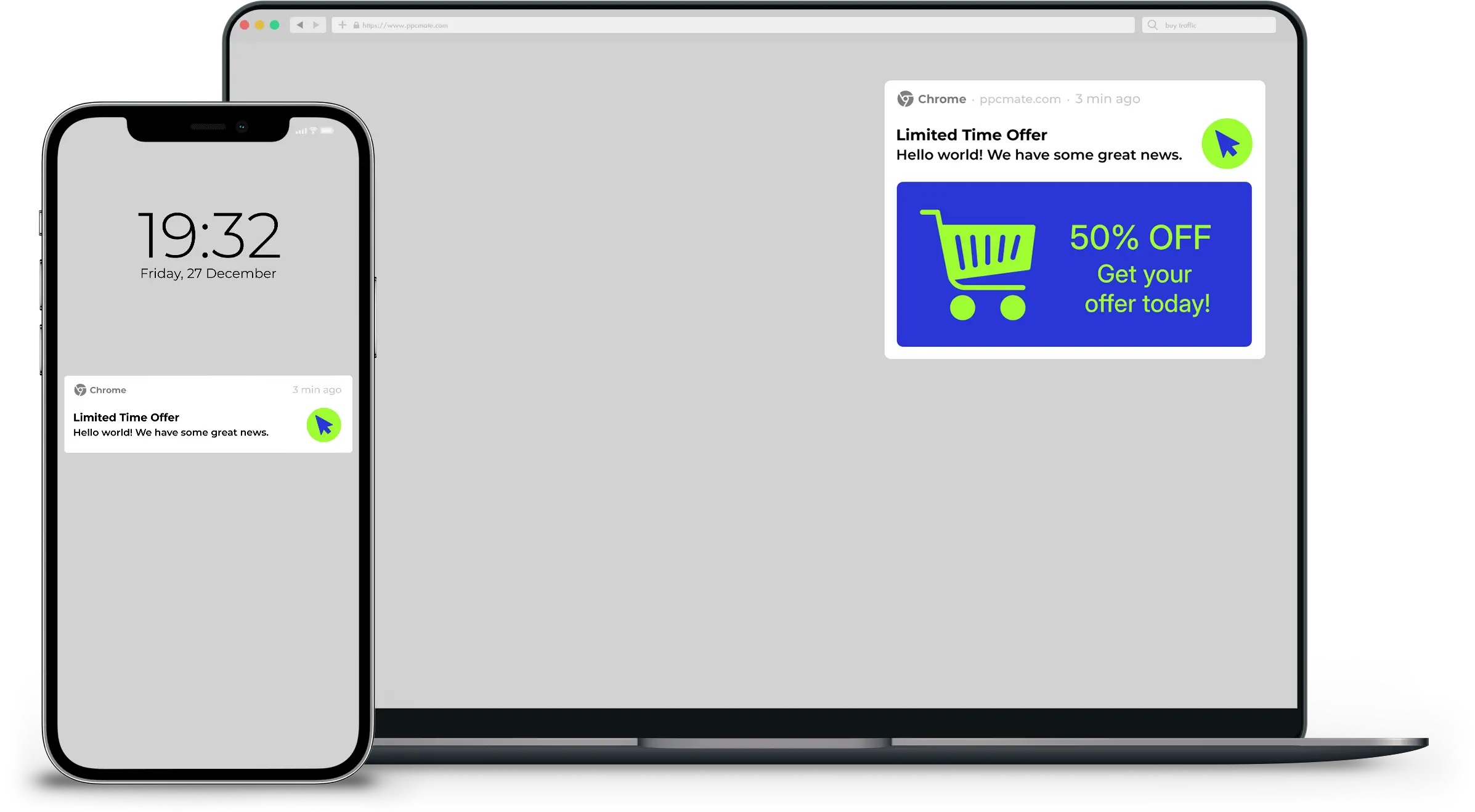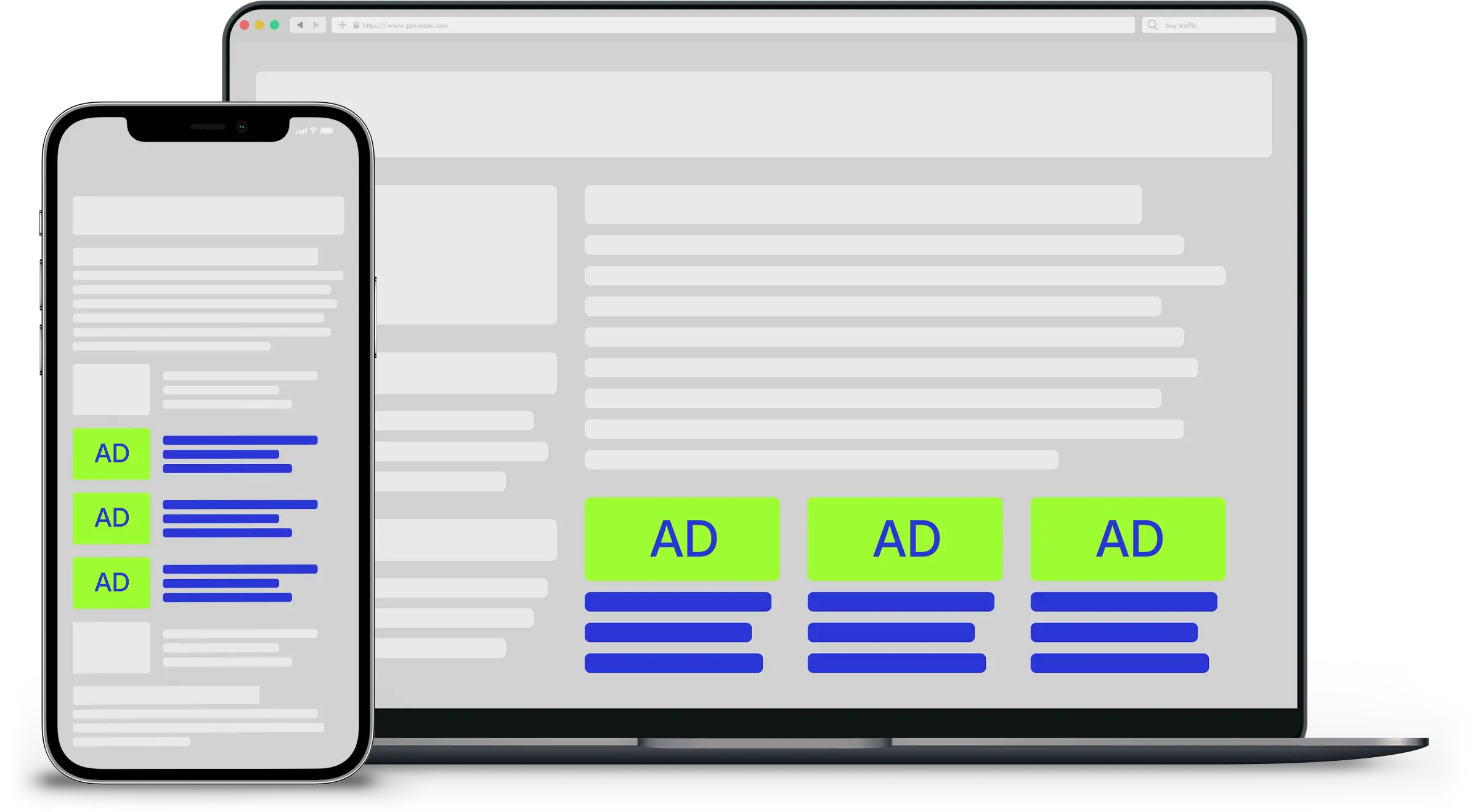Qualities of great native mobile ads
The term native in advertising, generally refers to ads that blend into their environment and appear to the user as being part of the app’s own content. This blending in goes well beyond the ad’s format, which is important, to address how and when the ad is presented to the user. Native ads are on the rise in mobile, due in part to click through rates (CTRs) almost 5 times higher than traditional display ads. However, these ads are more successful when smart app design enables them to be shown to users without obstructing their flow within the app. When ads feel unobtrusive (in terms of design and timing) as well as relevant to users (through advanced targeting), they click on them more often. This results in better CTRs, fueling demand from advertisers for the format and the need for scale.
An approach to scale
One way to deal with growing demand for native formats is through automation. This is already the norm with banner ads, video, and more, and now native is making its programmatic debut. As a way to automate the buying and selling of ad space, programmatic is consistently improving as challenges of transparency and control are addressed. Advertisers have greater insights into how and where they are buying ad slots through access to direct inventory. This offers a unique measure of brand safety by letting advertisers select the apps in which to show their ad, guaranteeing them the right audience. Additionally, programmatic provides direct insights into which apps have available inventory and gives advertisers the ability either to optimize automatically based on preset KPIs or to manually set the traffic sources they consider best.
Targeting a mobile audience for greater relevance
Targeting possibilities are also becoming more sophisticated, paving the way to reach and engage higher-quality users. This can be seen particularly on mobile as marketers harness the power of data management platforms (DMPs), which store vast amounts of anonymized mobile data, to find the users they want. This audience-centric approach, which targets campaigns towards specific groups of users, represents a pivotal shift in the way advertisers seek the right users for their apps. For example, advertisers want to ensure that their soccer app is being shown to a male audience in countries where soccer is played as a national sport. Programmatic buying helps them get their ad in front of the right people, and it’s clearly working for mobile: next year, according to eMarketer, as many as 75 percent of programmatic display ads will be sold for mobile, rather than desktop platforms.
Bringing them together
The journey to native programmatic has not been without its hiccups. Up to now, the primary concern when it came to selling native ads programmatically was that their varied formats made standardization difficult, but the Interactive Advertising Bureau’s (IAB) OpenRTB 2.3 standard made it a priority to establish standards that are now relatively well-adopted within the industry. More than $10B US is expected to be bought and sold using the OpenRTB protocol in 2017, and with more and more publishers signing up to display native ads which adhere to these standards in their apps, it has never been easier for advertisers to place native ads at scale.
The standardization of native ad formats has made it much easier to create ads than most think; typically in a matter of minutes. In order to fit into the IAB’s OpenRTB 2.5 format, native ads simply need to incorporate elements of traditional, already-created banner ads, which are then added modularly to the native format used by the publisher app.
Moving forward, we expect that advertisers who were once wary of the format due to uncertainties such as scale and design requirements will become increasingly comfortable with using native ads. As marketers, we will be seeing the emergence of programmatic native as the only scalable way in which to convert, engage and retain high-quality users across the mobile spectrum.
___
by ASHWIN SHEKHAR
source: App DEVELOPER Magazine









